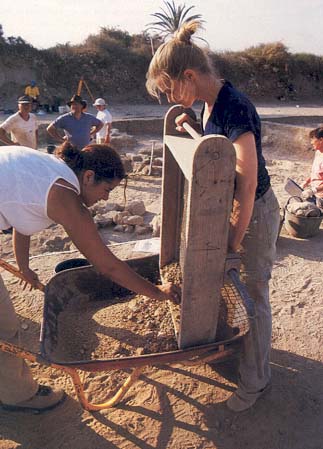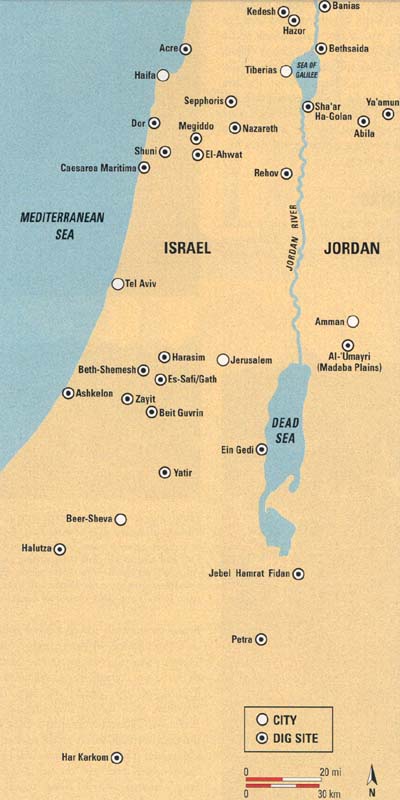
We’re proud to present the Year 2000 guide to excavations that need volunteers. Learn about the history of each site, who’s doing the work and what their plans are for the coming summer. The contact information for each site appears on the chart on pages 40–43. But if you aren’t sure you want to spend two weeks or more getting down and dirty, keep reading to find out if you can just visit for a day. Most sites have visiting hours, and some have guided tours. Even if you can’t get to the sites in person, our descriptions will give you an overview of the cutting-edge research going on right now in the lands of the Bible.

Abila
Situated about 10 miles south of Irbid in northern Jordan, Abila was one of the cities of the Decapolis, a federation of ten cities in eastern Palestine (Matthew 4:25; Mark 5:20, 7:31). Evidence of human habitation at Abila ranges from 3500 B.C. to 1450 A.D., and several ancient writers mention the site, including Polybius, Pliny the Elder and the geographer Ptolemy. Many ruins are visible on the site’s two mounds, Tell Abila in the north and Khirbet Umm el-’Amad (Ruins of the Mother of the Columns) in the south.
Already a library member? Log in here.
Institution user? Log in with your IP address.

